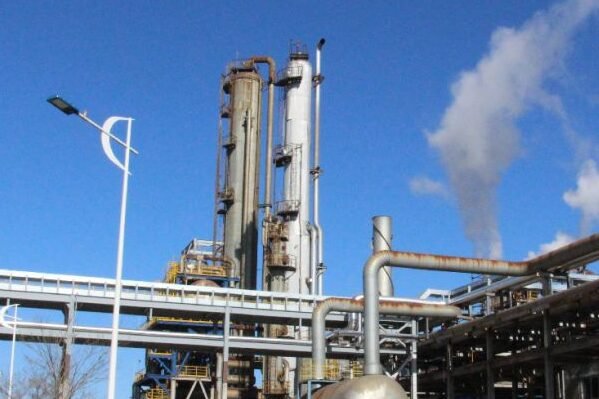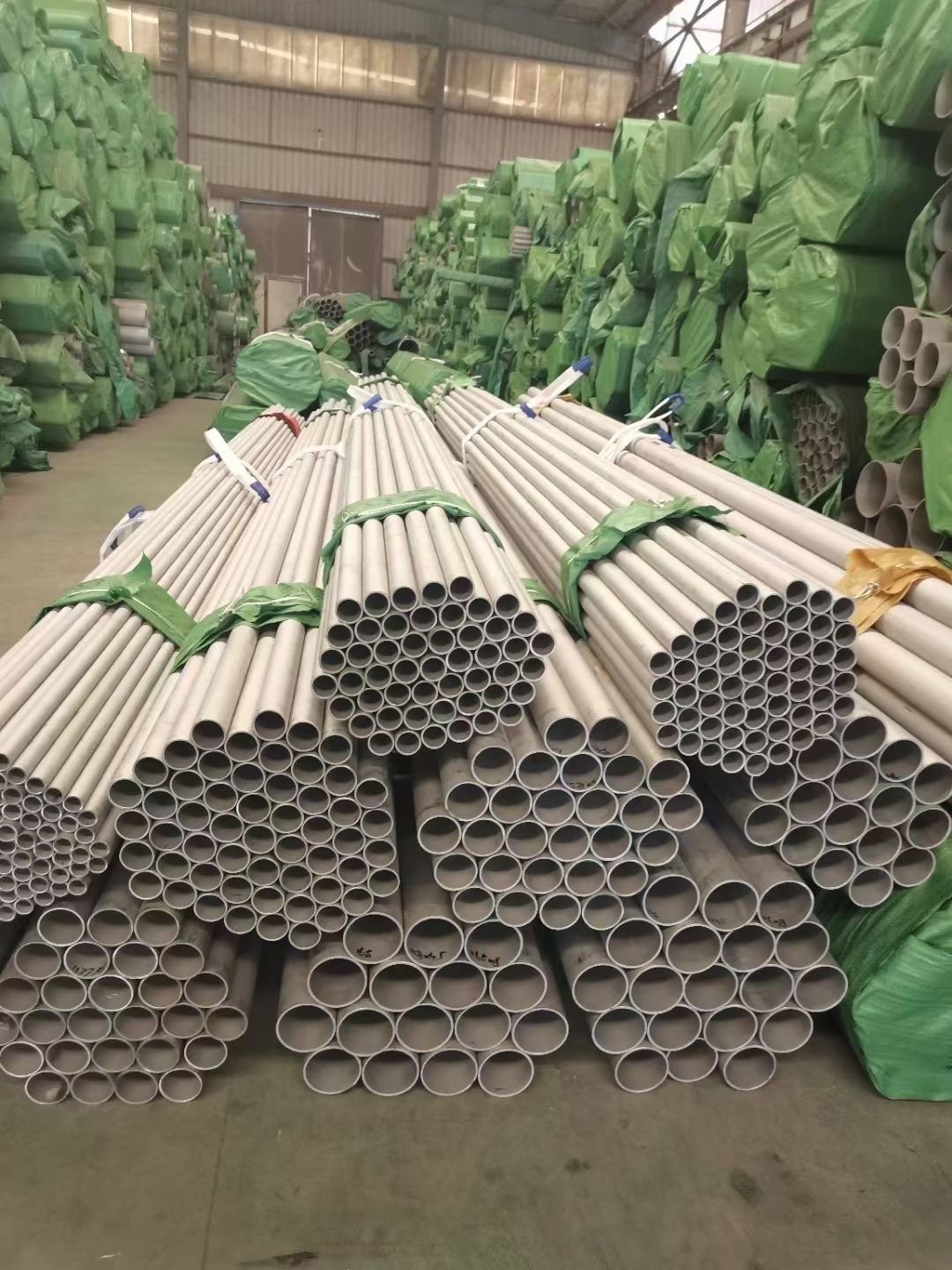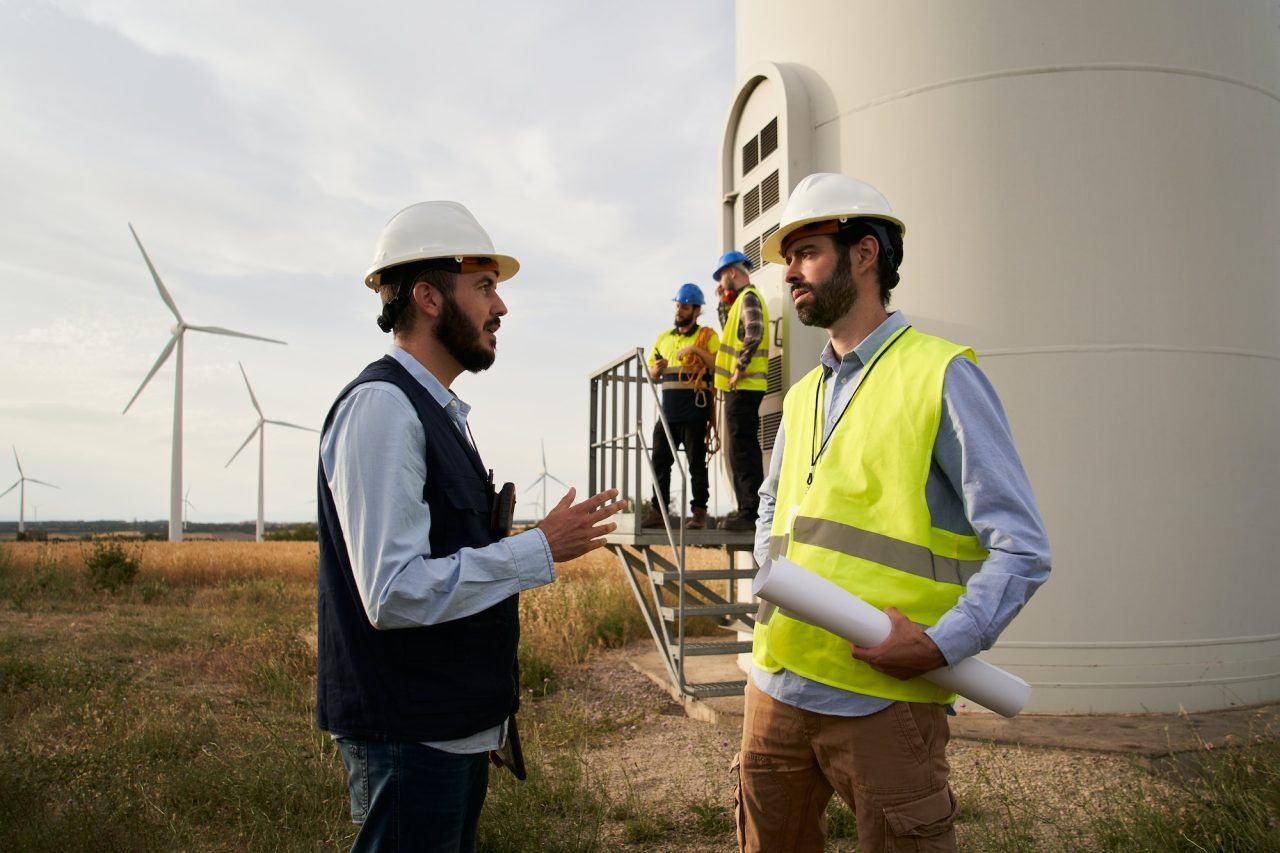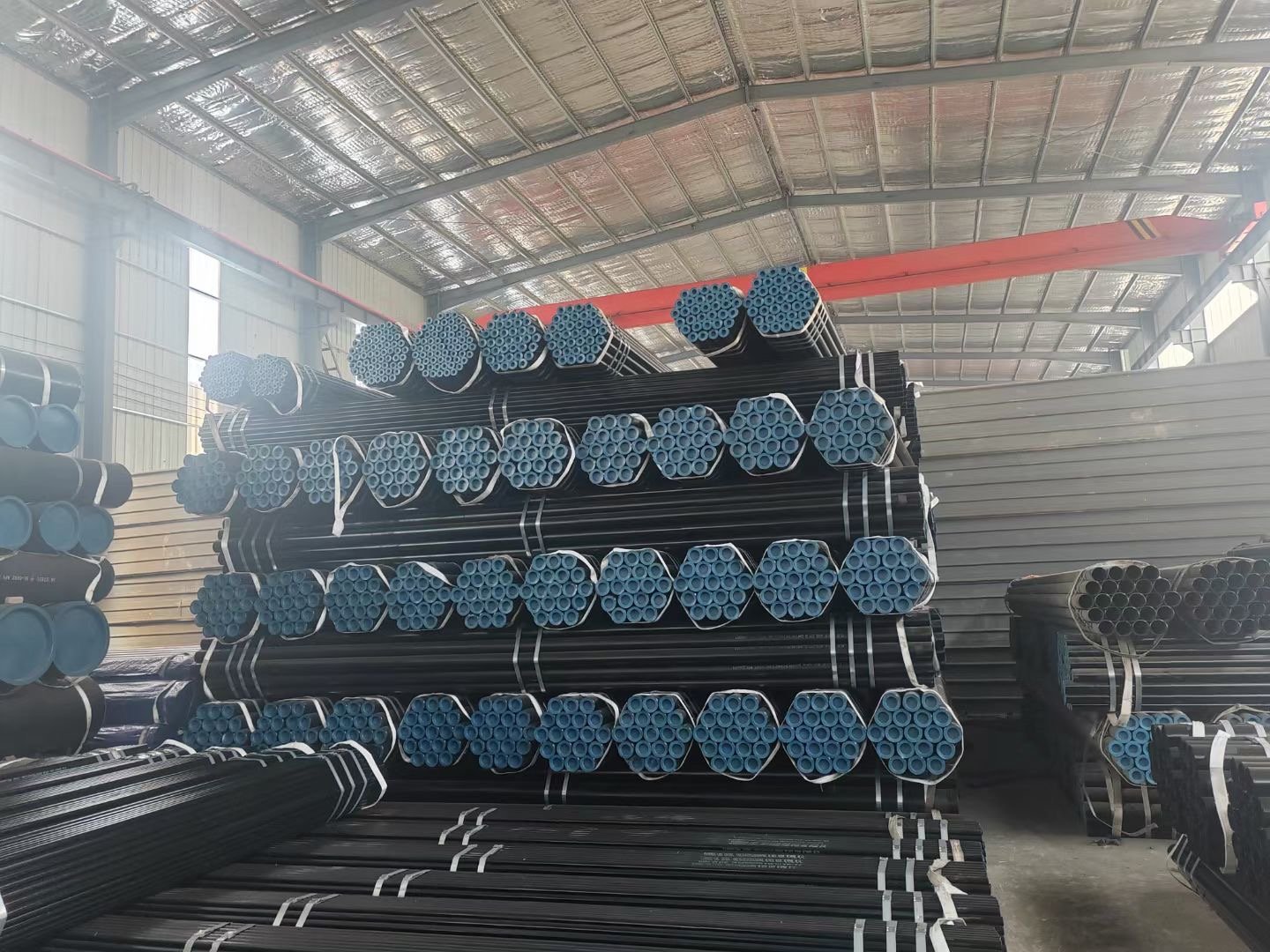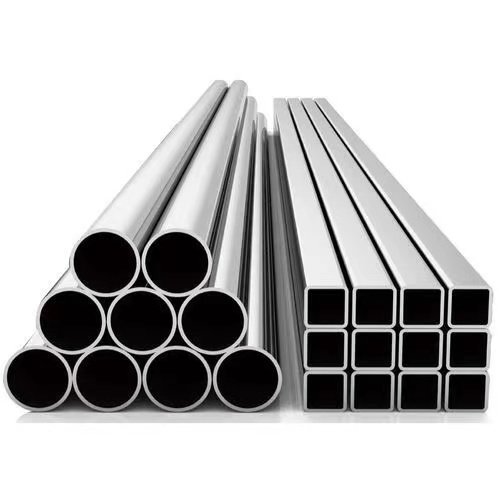What is CNC Machining?
CNC (Computer Numerical Control) machining is a manufacturing process where pre-programmed computer software dictates the movement of factory tools and machinery. This system enables the automated and precise control of complex machinery such as grinders, lathes, mills, and routers.
Advantages of CNC Machining:
- Precision and Accuracy: It offers a level of precision akin to a finely-tuned instrument, consistently hitting exact specifications with each production run.
- Complexity and Capabilities: Suited for intricate designs, CNC machining excels in tasks too complex for manual execution, bringing ambitious designs to life.
- Speed and Efficiency: Its rapid production capabilities make it an ideal choice for high-volume projects, delivering results with time-saving efficiency.
- Cost Implications: Though the initial investment is substantial, CNC machining proves cost-effective in large-scale production due to its automation and speed.
- Skill Requirements: It shifts the focus from manual skill to digital proficiency, requiring operators to possess a strong understanding of CNC programming.
- Adaptability: CNC machines are highly adaptable, easily reconfigured for different tasks, enhancing operational flexibility.
Manual Machining: The Human Element
- Precision and Accuracy: While reliant on the operator’s skill, manual machining offers a level of craftsmanship and human oversight that can be crucial in certain applications.
- Complexity and Capabilities: Best suited for simpler, custom projects where the artisan’s touch is valued.
- Production Pace: It’s inherently slower, suited for projects where time is not the primary constraint and each piece requires individual attention.
- Cost Dynamics: Less capital-intensive initially but potentially more expensive in labor and time for large-scale productions.
- Skill Necessity: Demands a high degree of manual dexterity and experience, highlighting the artistry and experience of the operator.
- Control Flexibility: Offers the operator direct control over the machining process, allowing for real-time adjustments and a hands-on approach.
Shared Aspects:
- Both methodologies play critical roles in manufacturing, capable of producing a diverse range of components.
- Their application is contingent on factors such as the scale of production, complexity of the task, budget constraints, and desired level of precision.
- The choice between CNC and manual machining reflects a balance between modern efficiency and traditional craftsmanship, each serving distinct needs in the realm of manufacturing.

